What is light therapy?
Light therapy , also known as light therapy, uses specific devices such as a light therapy lamp to mimic natural light. The main purpose of light therapy is to compensate for the lack of natural light during dark months, especially for people with seasonal affective disorder. Light therapy sessions regulate the human body's biological clock, improving mood, energy, and general well-being.
Lack of light: understanding the symptoms
A lack of light, particularly during the fall and winter months, can trigger a variety of depressive symptoms. These include trouble sleeping, headaches, increased fatigue, decreased energy, and even depressed mood. These symptoms are often associated with an imbalance in the body clock, which can be corrected with appropriate light exposure.
The benefits of light therapy
The benefits of light therapy are numerous. According to several clinical studies, this technique can help regulate the biological clock, improve mood, and even increase the production of the happiness hormone, serotonin. When it comes to sleep disorders, light therapy can help reset circadian rhythms, improving sleep quality. Additionally, regular sessions can reduce symptoms of seasonal depression, also known as winter blues, and improve the overall well-being of individuals, including those suffering from winter fatigue.
The effectiveness of light therapy
The effectiveness of light therapy has been demonstrated by several studies, including those conducted by Norman Rosenthal, a renowned psychiatrist and researcher at the Institute of Mental Health in the United States. According to Rosenthal, light therapy treatments, when used correctly, can produce significant results, with notable improvement in depressive symptoms in patients with seasonal affective disorder.
How does a light therapy session take place?
A traditional light therapy session often involves the use of specialized devices such as a dawn simulator, which exposes the body to intense light mimicking natural light. These sessions, while effective, generally require the user to dedicate approximately 30 minutes per day to remaining in close proximity to the light source. Additionally, the number of sessions needed to see improvements may vary depending on the individual and their particular health condition.
However, at Arits, we have developed an innovative solution that frees you from these constraints. Our approach to light therapy is passive, meaning it works in the background of your daily life without requiring dedicated time. By subtly integrating light therapy into your daily routine, Arits allows for constant exposure to therapeutic light throughout the day, without pinning you to your chair.
With Arits, light therapy becomes a natural part of your day, respecting your rhythm of life and improving your well-being without disrupting your daily activities. Wellness should never be a burden, and with Arits, it isn't. Switch to Arits Passive Light Therapy and discover how better light can lead to a better life.
At the heart of yourself: Light and well-being
Light plays a crucial role in our well-being. Not only does it help maintain our psychological balance by regulating our biological clock, but it also stimulates the production of serotonin, the happiness hormone, which plays a role in mood, sleep and appetite. Adequate exposure to light, particularly blue light in the morning, can therefore improve our mood, increase our energy, and even contribute to better quality sleep.
What is the importance of light in life?
Light, especially daylight, plays a crucial role in our health and well-being. Daylight helps regulate our body clock, stimulate the production of essential vitamins and improve our mood and energy. Additionally, exposure to morning light can help stabilize our sleep cycles, reducing the risk of sleep disorders. It is therefore important to expose yourself to enough natural light every day.
Choosing the color of light for well-being
The color of light can have a significant impact on our mood and well-being. For example, white light is often used to boost energy and focus, while blue light can have a calming effect and can help improve sleep quality. In light therapy, it is therefore important to choose a lamp that can produce a range of colors to meet various needs.
What light is calming?
Blue light often has a calming effect. It is particularly useful in the evening, as it can help prepare the body for sleep by stimulating the production of melatonin, the sleep hormone. However, it's important to note that not all blue light is beneficial – exposure to intense blue light from digital screens can actually disrupt sleep.
The influence of light on well-being at work
Exposure to natural light at work can improve mood, concentration and productivity. However, many people who work indoors or at night do not have enough access to natural light. In these cases, using a light therapy lamp or appropriate lighting can help maintain circadian balance and improve well-being at work.
The benefits of natural light: the sun
The sun is our main source of natural light. Exposure to the sun's rays, especially at sunrise, can have a positive impact on our mood, energy and overall well-being. In addition to boosting vitamin D production, exposure to sunlight in the morning can also help regulate our body clock and improve our sleep.
What are the benefits of light?
Light has many positive effects on the human body. It helps regulate the level of cortisol, the stress hormone, stimulates the secretion of melatonin, which helps regulate sleep, and influences many other functions of the human brain. Additionally, exposure to natural light can improve mood, increase energy, and even help prevent certain illnesses.
Light therapy at home: how to arrange your room to benefit from it?
It is entirely possible to reap the benefits of light therapy at home, including arranging your bedroom to maximize exposure to natural light. Use LED lighting or other types of artificial light to supplement natural light, especially during the fall and winter months when natural light is limited.
How to position a light therapy lamp in a child's bedroom?
To fully benefit from the benefits of light therapy, the lamp should be placed at a distance that allows maximum exposure without discomfort. In a child's bedroom, the lamp could be placed near the study or play area. Make sure that the light is directed towards the eyes but is not dazzling. This can help maintain a healthy circadian rhythm and improve your child's sleep quality.
How to choose your light therapy lamp?
The choice of light therapy lamp depends on several factors, including the strength of the light intensity, the type of light emitted (for example, white or blue light), and the lifespan of the lamp. It is recommended to choose lamps from reputable brands that meet safety and performance standards. A lamp with a high lux output is generally preferable for effective treatment.
Light therapy for how long?
The recommended duration of use of our Arits light therapy lamps varies depending on individual needs, but generally, the positive effects begin to be felt after the first week of regular use.
Light therapy what color?
At Arits, we use 6500K light for our light therapy lamps. However, it is not the color that is most important, but rather the melanopic ratio. Our lamps are designed to produce peak light intensity in the cyan at 485 nm, a circadian proportion that is essential for effectively regulating your biological rhythm.
Where to buy light therapy lamp?
You can buy our light therapy lamps directly on our Arits website. We offer a variety of lamps to meet your specific needs.
Where to find light therapy lamp?
Our Arits light therapy lamps are available exclusively on our website. Visit our online store to discover our different options and find the lamp that suits you best.
Which light therapy to choose?
At Arits, we believe that light therapy should not be a hassle. This is why we designed our lamps to offer the benefits of classic light therapy, but with simplified use. No need to spend 30 minutes in front of a dazzling light, our lamps look ordinary and are comfortable to use.
Light therapy how to use?
Using our Arits light therapy lamps is simple. All you have to do is turn on the lamp. Our lamps are designed to mimic every second of the sun's cycle, so you can use them like a regular lamp and still get the benefits of light therapy.
Other little-known positive aspects of light therapy lamps
Light therapy lamp and mental disorders : Used in the treatment of mental disorders such as major depression and bipolar disorder, the light therapy lamp plays an important role. Research indicates that using a light therapy lamp alongside drug therapy can amplify the benefits on depressive symptoms.
Light therapy lamp, sleep and aging : Sleep disturbances commonly encountered in older adults can be reduced with the targeted use of a light therapy lamp. The intense light emitted by these lamps may help regulate disrupted circadian rhythms, thereby improving sleep quality in this population.
Light therapy lamp and eating disorders : Studies suggest that the use of a light therapy lamp can be an effective adjunct in the treatment of eating disorders, including bulimia and anorexia. By readjusting circadian rhythms, regular use of a light therapy lamp could help normalize eating habits
Possible side effects and contraindications
Although light therapy is generally well tolerated, it can cause some side effects in some individuals, such as headaches or eye problems. It is therefore contraindicated in people suffering from certain eye conditions, such as retinitis pigmentosa or macular degeneration. Additionally, light therapy should be used with caution in older adults or those with Alzheimer's disease, as they may be more sensitive to light. Always consult a healthcare professional before starting light therapy treatment.








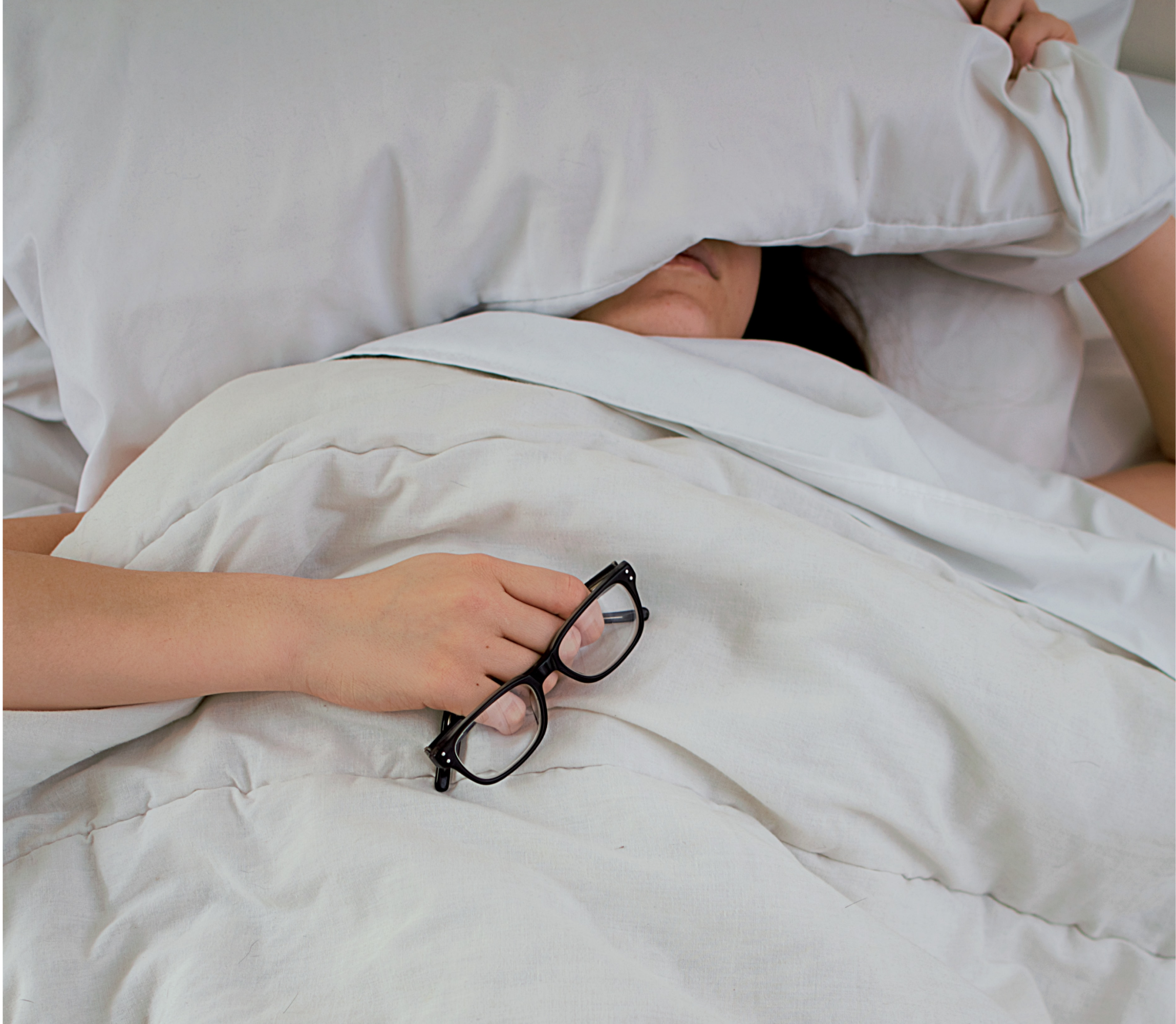



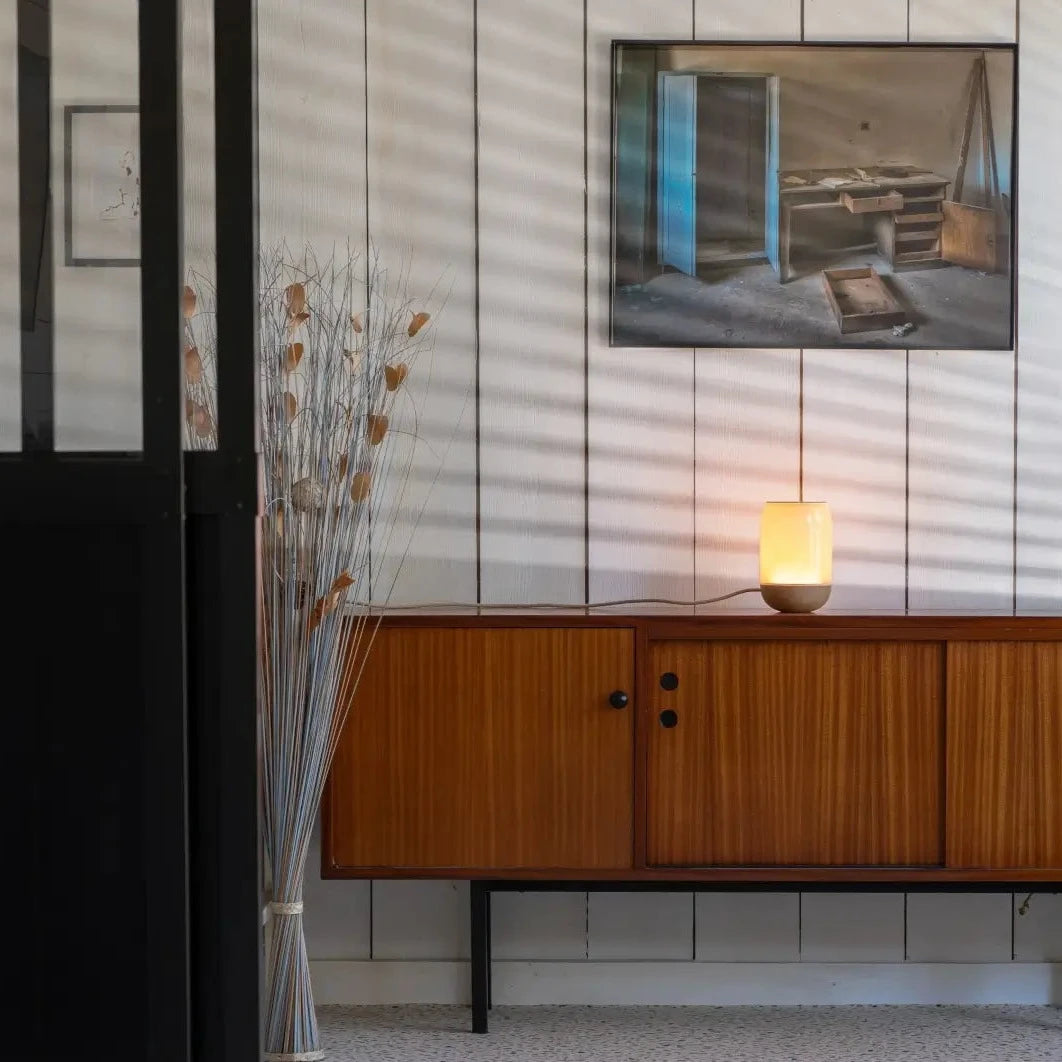
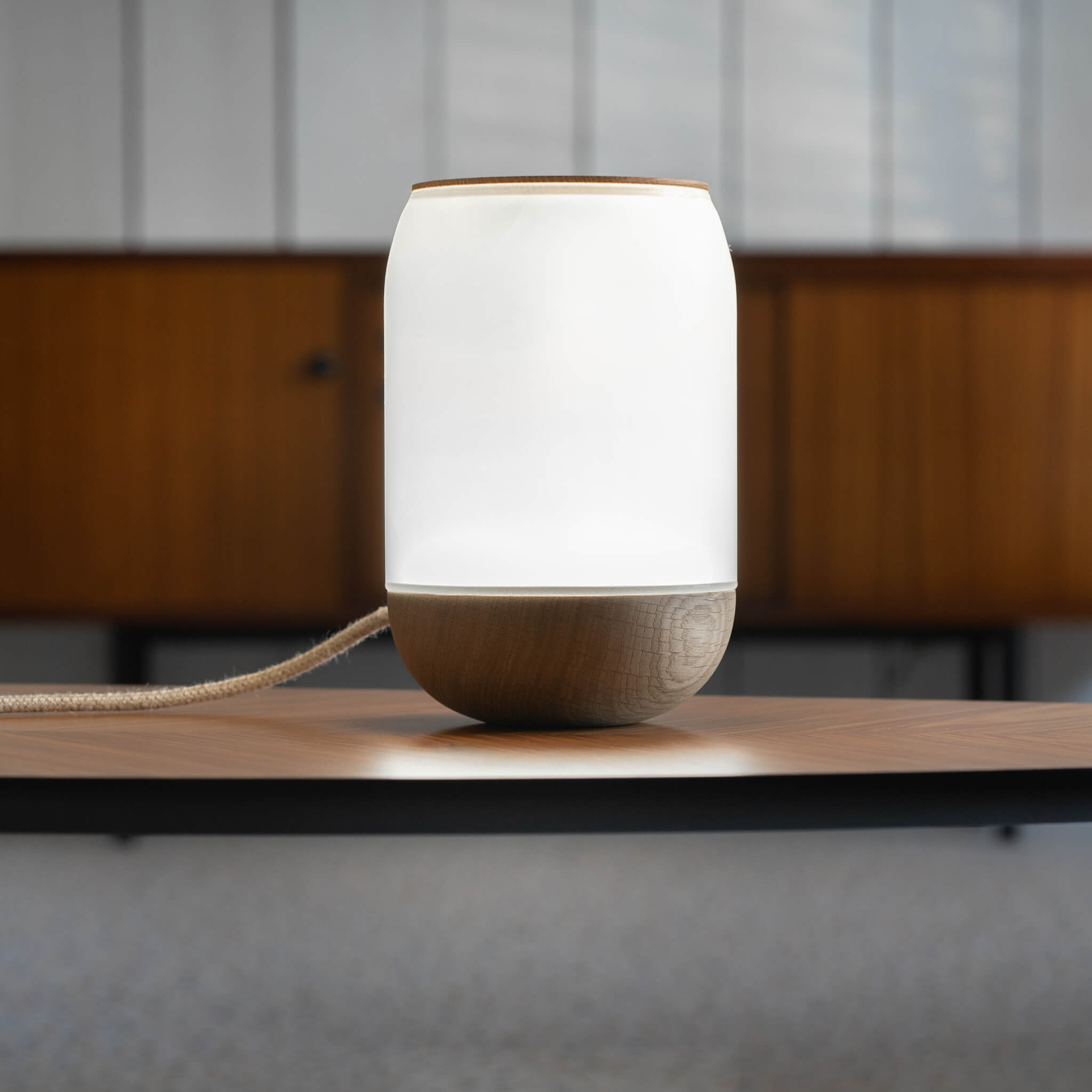
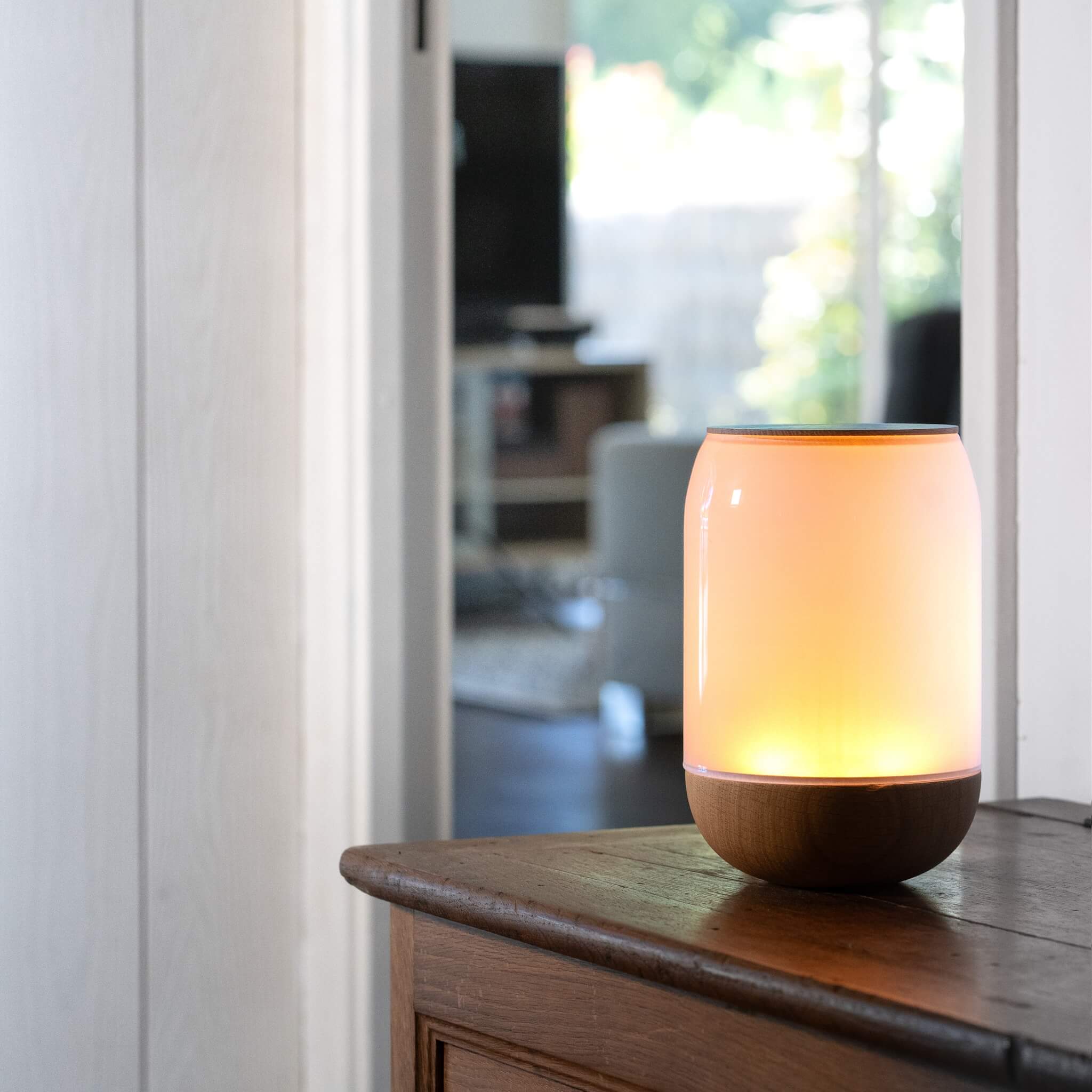
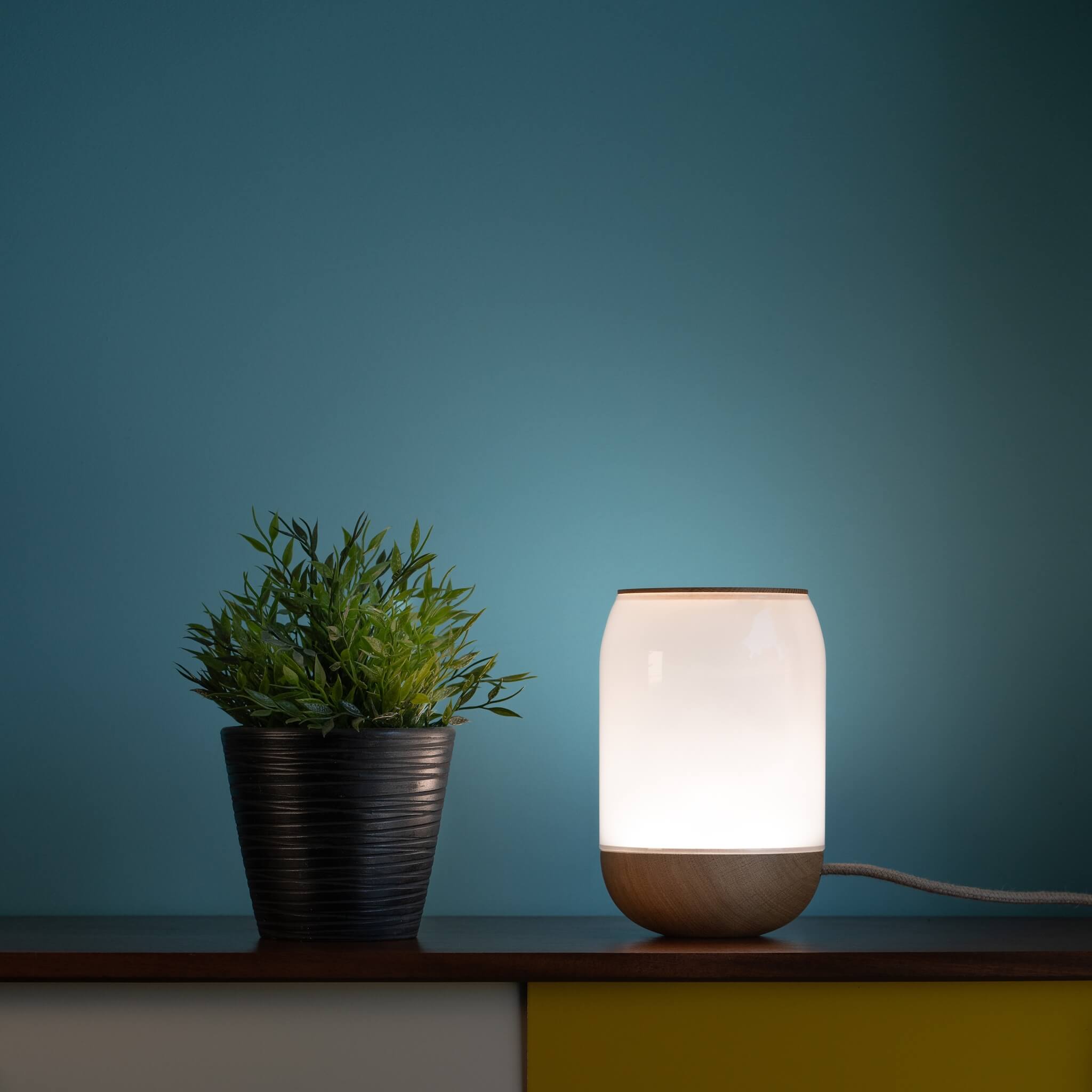
Leave a comment
All comments are moderated before being published.
This site is protected by hCaptcha and the hCaptcha Privacy Policy and Terms of Service apply.